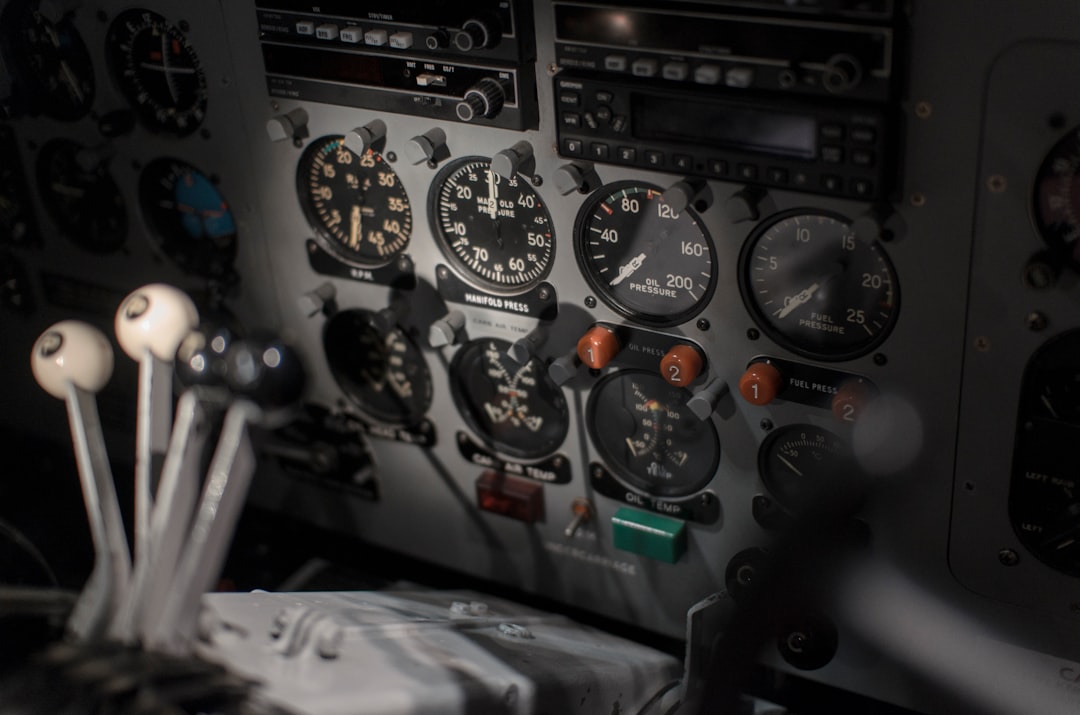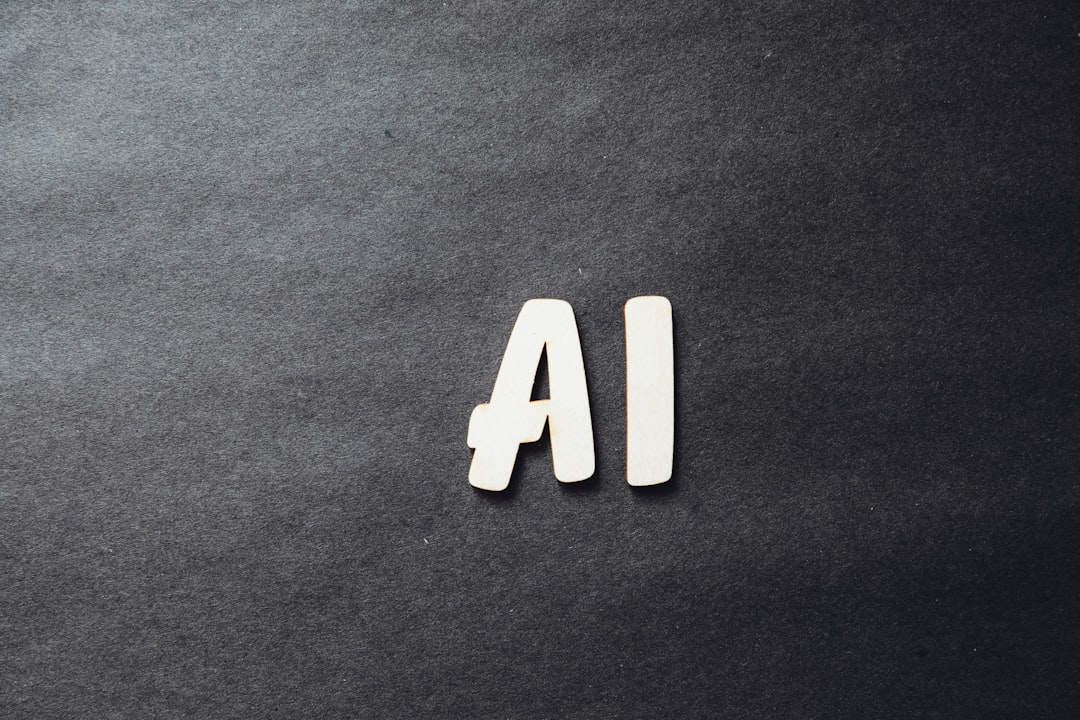**Artificial Intelligence algorithms are not infallible, and recent events underscore the significant consequences when they go awry.**
A recent AI-generated news conclusion falsely attributed responsibility for a deadly Air India crash to Airbus, even though the aircraft involved in the tragedy was manufactured by Boeing. Misunderstandings like this can have wide-reaching effects in an era where AI-generated content is increasingly relied upon for news dissemination.
AI hallucination refers to situations where artificial intelligence systems provide outputs that have no basis in their training data, presenting as unusually confident but factually incorrect predictions or statements. In this incident, the algorithm, driven by incorrect contextual learning, erroneously connected Airbus with the Air India crash, spreading misinformation.
The role of AI in media consumption is expanding, often tasked with swiftly processing data and drafting articles without human oversight. However, errors like misattribution stress the need for vigilance. AI lacks human-like understanding and empathy, rendering it ill-suited for interpreting the nuances that complex issues demand.
Serious challenges abound in ensuring that AI operates reliably in high-stakes environments. Content generated erroneously can not only misinform the public but also damage reputations and impact the credibility of trusted news sources. Corrective measures, including robust AI development protocols and mandatory human review procedures, become crucial to maintain the integrity of information dissemination.
The incident in question involved a Boeing 737 aircraft operated by Air India Express, which tragically crashed during an attempted landing, resulting in considerable loss of life and sparking investigations into aviation safety protocols. The global aviation community has been attentively working to implement all necessary safety measures and modifications following this incident.
The inaccuracy stemming from AI systems can also be traced back to dataset comprehensiveness. The data sets responsible for training AI must be exhaustive and up to date to avoid misinformation. AI network design must facilitate integration between human intuition and machine precision, bridging potential gaps in understanding and accountability.
One step towards mitigating these errors is improving neural network exposure to varied datasets and involving diverse training inputs that can foresee unusual circumstance predictions. This could minimize AI hallucinations by expanding predictive potential and enhancing contextual understanding.
Moreover, continuous auditing and training of AI systems, along with cross-validation strategies, can potentially curb inaccuracies. Development emphasis should also be placed on building models that are transparent and allow for error identification and resolution in real-time collaboration with human operators.
In conclusion, the advancement of AI technology comes with unparalleled potential but delivers an equal measure of responsibility. As AI’s role in daily life increases, so too does the requirement for continuous scrutiny and framework establishment to prevent damaging mistakes. A balanced intervention with human oversight can ensure that AI’s contributions serve to enlighten rather than mislead, fostering an informed society. This incident demonstrates an urgent call to action among AI experts and stakeholders to cultivate responsible AI systems that are both innovative and secure.
AI
AI Overviews hallucinates that Airbus,not Boeing,involved in fatal Air India crash
















Leave a Reply